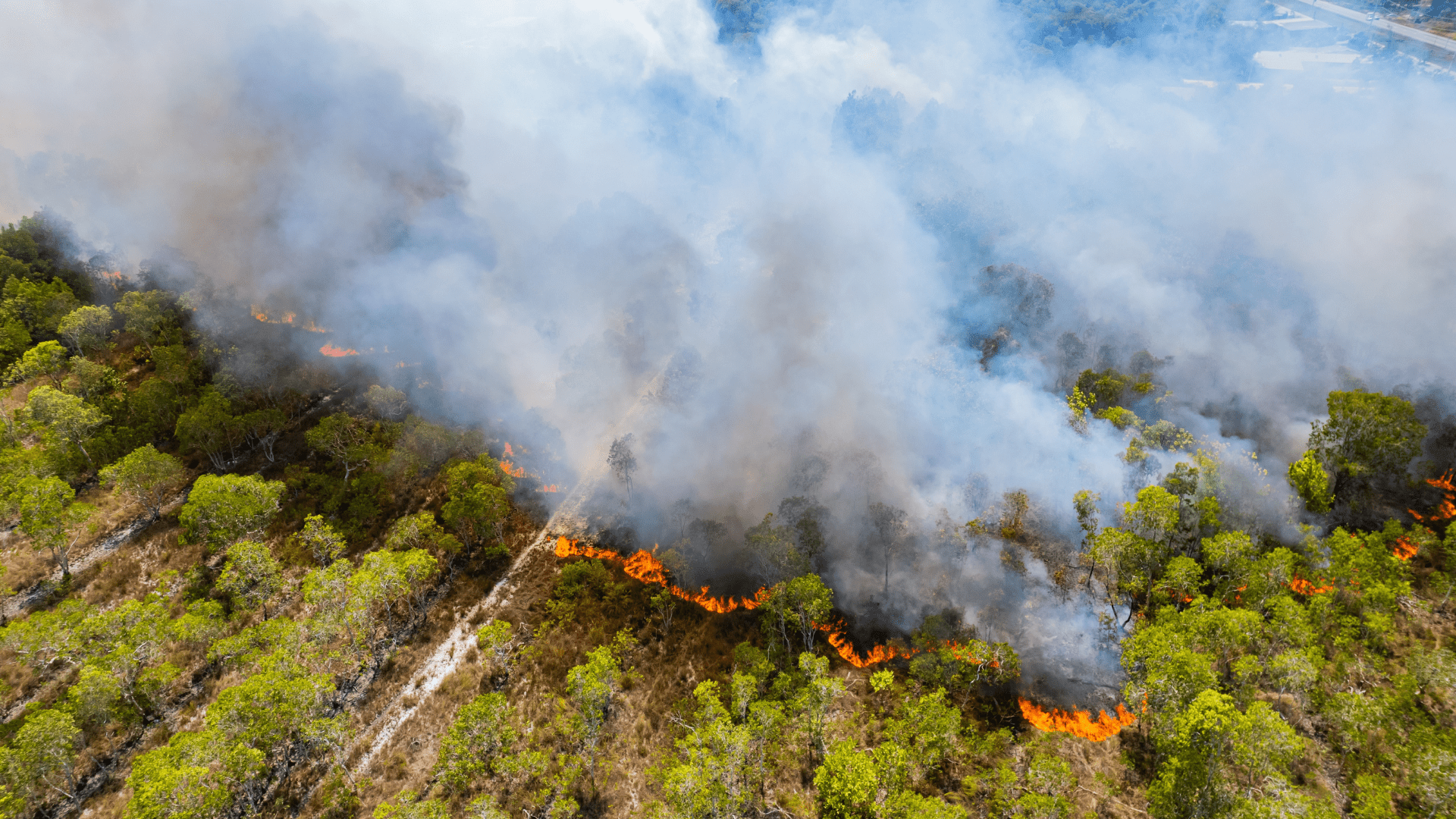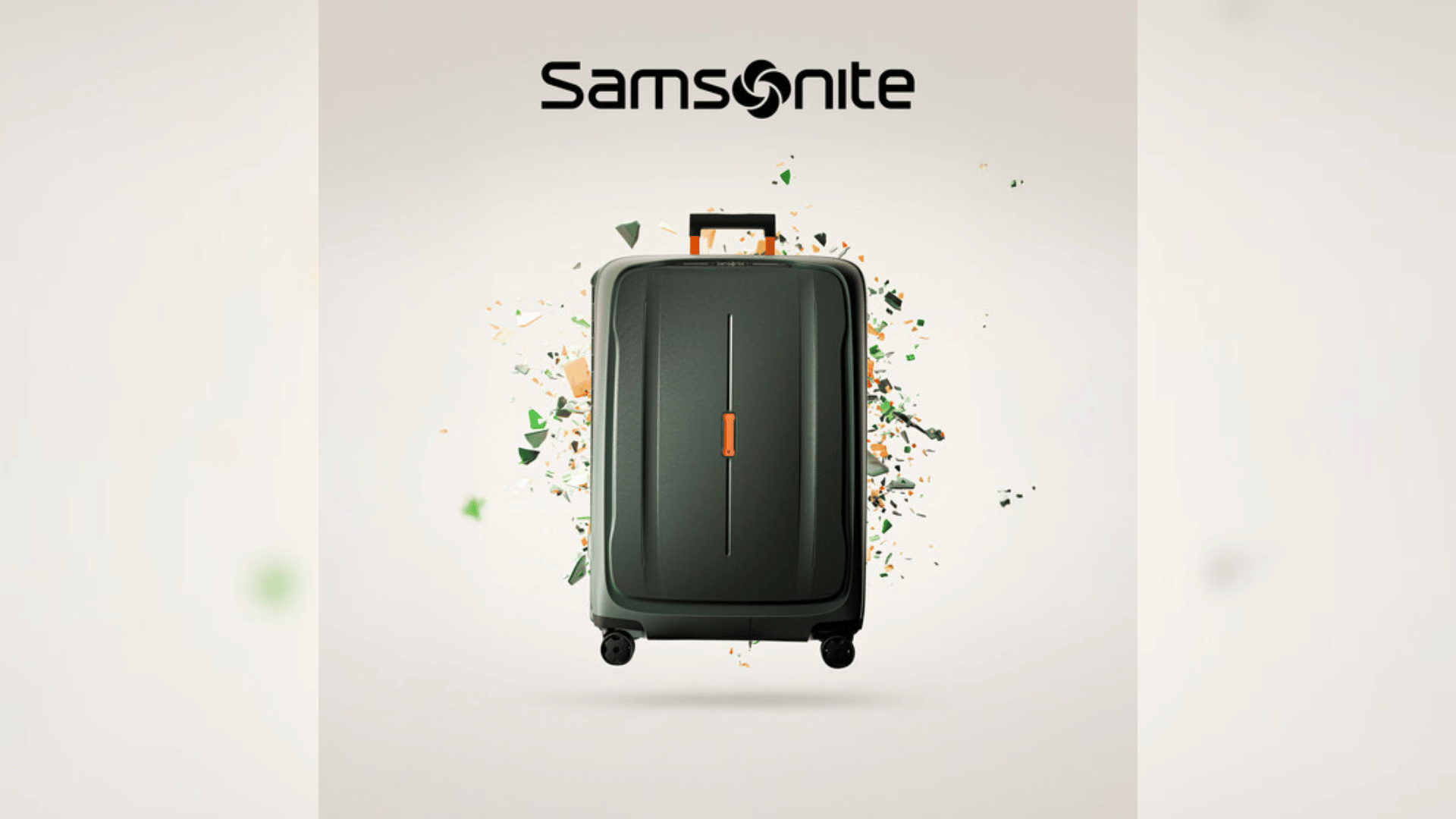NASA and the Forest Service are teaming up to tackle a problem firefighters face while battling a wildfire. Remote areas are often the sites of wildfires, and with that is a lack of cell service, which is critical for communication. NASA and the Forest Service tested the Strategic Tactical Radio and Tactical Overwatch (STRATO) technology to address that issue.
STRATO Communication

In addition to the two agencies, the high-altitude balloon company Aerostar and Motorola helped to provide cell service from the sky.
“This project leverages NASA expertise to address real problems,” said Don Sullivan, principal investigator for STRATO at NASA Ames. “We do a lot of experimental, forward-thinking work, but this is something that is operational and can make an immediate impact.”
Aerostar’s Thunderhead high-altitude balloon systems soar over 50,000 feet in the air and operate for several months at a time. While the systems operate, they can be directed into “station keep,” staying in a small radius. With the balloon and STRATO technology, communication with firefighters can move with the flames. Having constant communication improves the firefighters’ safety and efficiency.
Wildfire Tested
The STRATO project’s first test occurred in August during the West Mountain Complex wildfires in Idaho and showed significant potential for supporting firefighting efforts. The balloon was equipped with an LTE transmitter and visual and infrared cameras. A SpaceX Starlink internet satellite device and Silvus broadband wireless system allowed the balloon to transmit to the fire command post.

The onboard instruments provided cell coverage for a 20-mile radius. By placing the transmitter on a Gimbel, the coverage could be moved as the firefighters adjusted their location in the area. Onboard cameras also gave the fire crews a bird’s eye view of the fire as it spread and moved. On the ground, an app called Tactical Awareness Kit (TAK) allowed firefighters to locate equipment and other crews. When the app and STRATO connect, it pinpoints real-time locations so firefighters can track how the fires move while staying in constant communication and direct resources.
A Sky-High Future
The next step for STRATO is to use the results from the August fires to prepare for future seasons. According to NASA, the teams want to expand coverage by optimizing balloon locations as a cluster. A cluster also helps the balloons anticipate airflow changes in the stratosphere where they fly. Placing balloons in strategic locations along the airflow path, they replace one another as the airflow stream carries them away.
As the teams plan for more testing, the ultimate goal is constant communication between firefighters to improve safety and efficiency.
“Firefighters work incredibly hard saving lives and property over long days of work,” said Sullivan. “I feel honored to be able to do what we can to make their jobs safer and better.”







